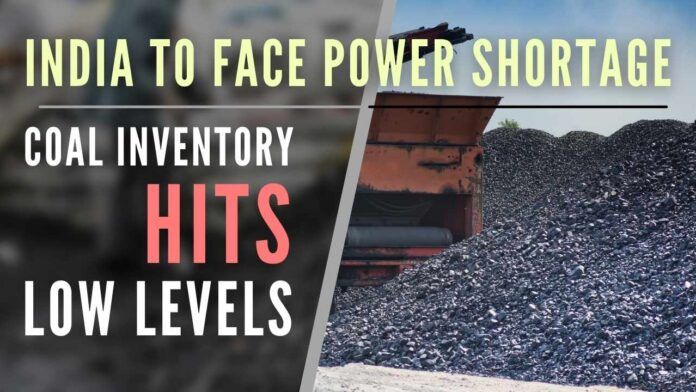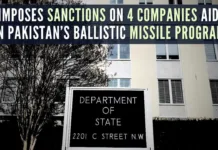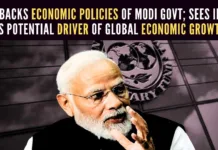
India’s coal plants running low on stockpiles
India’s major festive season is just around the corner. We may see an acute power crisis with half of the country’s reduction in thermal power generation, as coal inventories dips critically low levels vis a vis an outpouring power demand. The data from Central Electricity Authority shows over half of the country’s 135 coal-fired plants are sitting on coal stocks for less than three days. Fuel inventories are well below the stipulated 22-day stock. Post COVID-19 lockdowns not being supported by record global prices of fuel. The fuel prices since then have seen an upward trend thrice its price in just over a couple of months.
“Global developments are now having a play in the Indian markets too. The sharp uptick in economic activity with the easing of the Covid pandemic has pushed up power demand with major industrial states such as Maharashtra, Gujarat, and Tamil Nadu seeing demand rising between 14 percent and 20 percent in the last three months,” said a power sector analyst from one of the four big audit firms. “To meet this demand, additional coal is required. The production from Coal India is low now, as monsoons have just ended when the production is typically low. Imports are not an option, as global prices have touched historic high levels,” he added.
Crisil said in its statement, “In the near term, the supply crunch is expected to persist with the non-power sector facing the heat as imports remain the only option to meet the demand, but at rising costs, Coal inventory at thermal plants will improve only gradually by March next year.
The situation is critical for state-run power generation units where the poor financial condition of utilities has prevented them from the proper stocking of coal. By far, this scenario can be seen happening globally within different time frames. India witnessed a lightning speed of vaccinations from the last few months. Certainly, this has lowered the fear of COVID-19 which has resulted in gearing up of industrial activities, taking the economy globally. This situation saw demand outpacing supply, resulting in energy shortages.
The world’s largest coal consumer is China. India has China as its competitor in the global coal market. To meet its energy crisis China is up its feet to procure coal from the global market if it sees a large-scale shortage. This has pushed up coal prices from all major suppliers, with the price of Indonesian coal (5,500 Kcal) shooting up to over $100 per tonne from just about $50-60 per tonne a few months ago, while Australian non-coking coal has touched a price of over $200 per tonne.
As per a Crisil study, in April-July, non-coking coal imports by the power segment were at the same level as in fiscal 2021, and down 37 percent compared to fiscal 2020. The global price rise has prevented domestic generation companies from buying coal abroad to meet the local rise in demand. In fact, several of the country’s imported coal-based power projects have also reduced generation rather than supporting production through expensive buys. The situation of fuel is no good for non-power sector users, leaving players with stocks for 4-5 days only. Dispatches from CIL and SCCL were down 1.5 percent at 64 MT compared to 65 MT dispatched in April-August of fiscal 2020.
The rise in demand has seen spot e-auction premiums for August 2021 increase to 74 percent compared to 30 percent in the first quarter of this fiscal and 25 percent in fiscal 2021. Crisil said in its statement, “In the near term, the supply crunch is expected to persist with the non-power sector facing the heat as imports remain the only option to meet the demand, but at rising costs, Coal inventory at thermal plants will improve only gradually by March next year. For this fiscal, it will hover around 10 days compared to the two-year average of around 18 days”. This would mean that the crisis would continue through the festive season with Coal India scrambling to meet the rising demand for fuel in the absence of support from imports.
[With Inputs from IANS]
- Subramanian Swamy approaches Supreme Court on Govt’s modification of 2G Scam Judgment to avoid auction of Satellite Spectrum - April 23, 2024
- Defence Minister Rajnath Singh visits Siachen. Reviews military preparedness - April 22, 2024
- Amit Shah’s shares in the Stock Market almost doubled in the past five years - April 21, 2024










